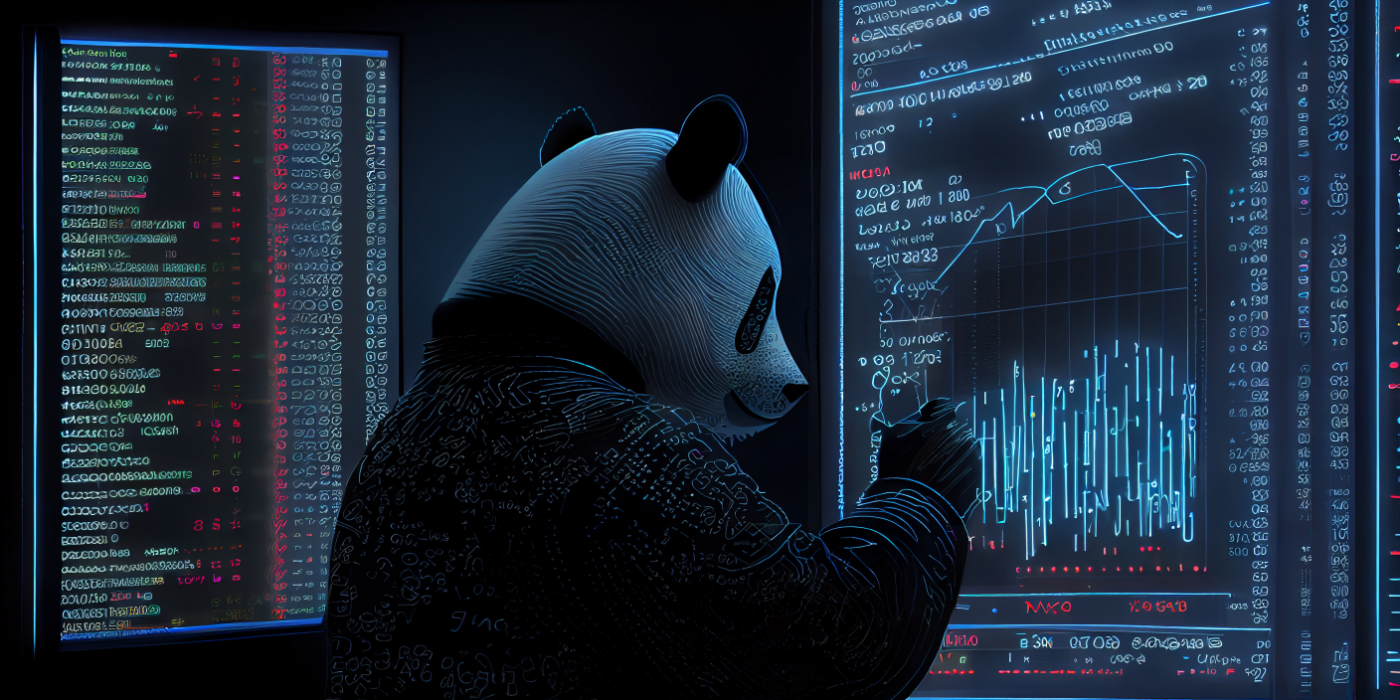
EXPLORING THE FASCINATING WORLD OF FIBONACCI NUMBERS: FROM TRADING TO PSYCHOLOGY
Fibonacci numbers are a sequence of numbers in which each number is the sum of the two preceding ones. The sequence starts with 0 and 1, and each subsequent number is the sum of the previous two. So, the sequence goes 0, 1, 1, 2, 3, 5, 8, 13, 21, 34, 55, 89, 144, and so on.
The sequence is named after Leonardo Fibonacci, who introduced it to the Western world in his book "Liber Abaci" in 1202 AD. However, the sequence was known to Indian mathematicians centuries before Fibonacci's time.
Fibonacci numbers have many fascinating properties, and they are found in many natural phenomena, including the branching of trees, the arrangement of leaves on a stem, and the spiral patterns found in shells and galaxies. They also have practical applications in fields such as mathematics, computer science, and finance.
Using Fibonacci Numbers in Trading:
One of the most popular uses of Fibonacci numbers is in technical analysis of financial markets. Traders use Fibonacci retracements to identify potential levels of support and resistance in the price of an asset.
The theory behind Fibonacci retracements is that the price of an asset will often retrace a predictable portion of a move, after which it will continue in the original direction. These retracements are based on the Fibonacci sequence and the golden ratio, which is approximately 1.618.
To use Fibonacci retracements in trading, a trader first identifies a significant price move, such as a swing high and swing low. They then draw horizontal lines at the 23.6%, 38.2%, 50%, 61.8%, and 78.6% retracement levels of that move. These levels represent potential support or resistance areas where the price of the asset may bounce or reverse.
Fibonacci retracements are a popular tool among traders because they can help identify potential entry and exit points in the market. However, it's important to note that they should not be used in isolation and should be used in conjunction with other technical and fundamental analysis tools.
Psychological Relationships Between Numbers:
There are several psychological relationships between numbers that are related to Fibonacci numbers. One of the most famous is the golden ratio, which is approximately 1.618. This ratio is found in many natural phenomena, such as the spiral patterns of shells and galaxies.
The golden ratio is often considered to be aesthetically pleasing and has been used in art and architecture for centuries. For example, the Parthenon in Athens, Greece, is said to be based on the golden ratio.
Another relationship between numbers is the "magic" of the number 7. Many people believe that 7 is a lucky number, and it appears in many cultures and religions. For example, there are 7 days of the week, 7 colors in the rainbow, and 7 chakras in Hinduism and Buddhism.
Fibonacci numbers have a rich history and many practical applications in various fields, including finance and mathematics. Fibonacci retracements are a popular tool among traders for identifying potential levels of support and resistance in the market. Additionally, there are several psychological relationships between numbers, including the golden ratio and the magic of the number 7, that are related to Fibonacci numbers.